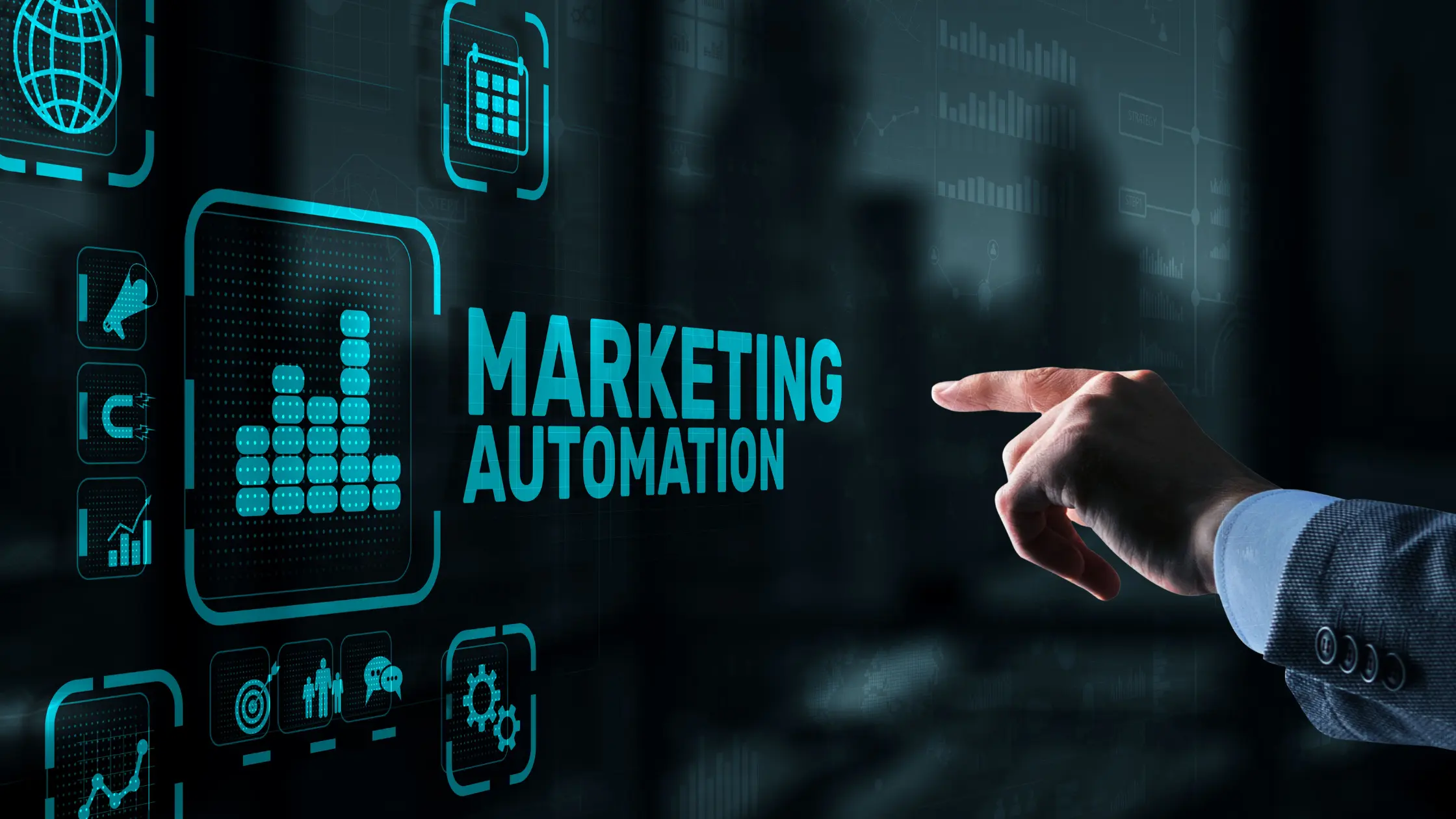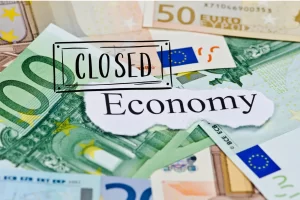Behavioral marketing automation is transforming how businesses connect with their audiences. By leveraging data driven insights, companies can deliver personalized experiences, increase engagement, and boost conversions.
What is Behavioral Marketing Automation?
Behavioral marketing automation is the process of using customer behavior data such as website interactions, purchase history, and app usage to automate tailored marketing responses. It enhances traditional automation by incorporating behavioral insights, ensuring messages are highly relevant and impactful.
“You’re either the one that creates the automation or you’re getting automated.” – Tom Preston-Werner
How It Works
- Behavior Tracking: Captures user actions across touchpoints like website visits, clicks, and purchases.
- Segmentation: Groups users based on behavior, enabling targeted messaging.
- Automated Workflows: Triggers personalized messages or actions based on user activity.
Why Behavioral Marketing Automation Matters
Behavioral marketing automation isn’t just a trend, it’s a necessity in today’s data driven world. According to McKinsey, businesses that effectively leverage customer data see 85% higher sales growth and 25% greater gross margins than their peers.
Key Benefits
- Personalization: Align messages with user preferences, boosting engagement.
- Enhanced Experience: Create seamless, relevant interactions that delight customers.
- Higher Conversions: Target users with offers that match their behavior and needs.
- Optimized Spend: Focus marketing efforts on high-value audience segments, increasing ROI.
Best Practices for Behavioral Marketing Automation
- Understand Your Audience: Develop detailed buyer personas based on behaviors, preferences, and pain points.
- Simplify Processes: Start with simple workflows, such as abandoned cart emails or welcome sequences.
- Personalize Content: Tailor your messages to resonate with your audience.
- Integrate with CRM: Connect your automation tools with CRM systems for cohesive customer interactions.
- Monitor and Optimize: Continuously analyze your workflows and optimize them for better performance.
Real-World Examples of Behavioral Marketing Automation
Personalized Emails
Automated emails tailored to user behavior, such as welcome emails for new subscribers or product recommendations for repeat buyers.
Example: Mailchimp enables businesses to create dynamic email campaigns triggered by customer actions.
Dynamic In-App Messaging
Engage users in real-time with personalized messages or tooltips that guide them through app features.
Example: Userpilot helps SaaS companies create contextual in-app messages to improve user engagement.
Abandoned Cart Recovery
Automate reminders to recover lost sales with incentives like discounts or free shipping.
Upsell Opportunities
Monitor user activity to identify prime opportunities for upselling, such as reaching a usage milestone.
Example: ActiveCampaign integrates behavioral triggers with upsell campaigns.
Tools for Behavioral Marketing Automation
| Tool | Best For |
|---|---|
| HubSpot | Comprehensive marketing automation |
| ActiveCampaign | Email marketing and CRM integration |
| Userpilot | In-app guidance and behavior tracking |
| Mailchimp | User-friendly email automation |
Case Studies Highlighting Success
Premier
By using behavioral segmentation, Premier achieved a 15.4% YoY revenue increase, even while reducing email volume by 48.7%.
Momentive
This data company streamlined its processes using HubSpot, resulting in better lead nurturing and higher conversions.
Trafilea
Trafilea’s AI-driven marketing propelled its brand, Shapermint, to $800 million in revenue and 10 million customers since 2018.







